Power outages are common in our country, and the loss of electrical power to the end-user is caused mainly by natural disasters. Sure, the outdated infrastructure of our power grid and human actions shouldn’t be ignored either, but Mother Nature takes the lead when it comes to shutting down the electronic devices that run our lives.
We are a nation that relies on electricity and electronics to keep functioning, and we do almost everything online nowadays. We’ve incorporated computers in every aspect of our lives, and public water, transportation, and pretty much anything you can think of relies upon electricity to operate.
I am not a fan of this technologically-infused world, and I fear that an SHTF event will throw us into the Stone Age one day. Don’t get me wrong. I agree that this modern world provides us with all the tools and innovations that enable humans to deal with every challenge.
However, it bugs me that our government doesn’t invest in backup solutions or take all the necessary precautions to ensure the power grid will be up and running no matter what happens.
Click HERE to Get the World’s Smallest Battery,
That Powers Your House For More Than 2 Days!
In this article, we will discuss how one can prepare now to make sure they can handle any real-life situation that leads to an extended power outage.
It’s all about perspective
Without a doubt, we’ve all been there: a natural disaster of some sort knocked out the power, and we had to figure out how we could deal with the situation until power was restored. The refrigerator stopped working, and the furnace went quiet.
In such cases, people didn’t worry too much because sooner or later, electric crews got out there and did everything they could to restore power. The disruption was short-lived in most power outage cases, which, unfortunately, reassured them that things would always get back to normal, and it built up a false sense of security.
Nobody thinks about what would happen if such a situation goes on for months. And to be honest, it is understandable from a certain point of view because most folks out there are not prepared to deal with such a scenario. Nobody thinks long-term anymore, and we are being programmed to demand everything now, and we have mainly short-term goals in life. It’s just how our society works, and few people have multiple plans in place for their future.
Imagine that people would think more about their future in these uncertain times and plan things better. But with the media bombarding us with doom and gloom news, it seems that more and more people are becoming dormant, and they are unphased by the “what if?” scenario.
Someone once told me that, as preppers, worrying is our primary job. As human beings with little to no control over our future in this fast-changing world, I responded that worrying should be everyone’s job.
Politics and opinions aside, have you ever questioned what you would do when the power grid fails you? Will you be able to keep things running? From all the devices you are using daily, which are the ones you could live without?
There’s no guarantee that one day if the power goes out, it’ll come back. You should have short- and long-term plans for power outages no matter where you live if you want to keep the lights on. What if the unthinkable happens and the power grid is lost?
It is scary to think about something like this, but by now, you should understand that we, as preppers, have to prepare for the worst. Start now and hope for the best later because I guarantee you’ll have no time to figure things out once it happens.
Those batteries everyone keeps mentioning
In every article, you read about preparing for a power outage, or when power grid failure is debated, someone always brings up the battery topic. You and I both know that there’s no such thing as having too many batteries during a power outage, but the situation regarding battery storage and use is much more complicated than you would think.
While I agree that having plenty of batterie on hand is mandatory, this topic doesn’t have proper importance. For most people out there, buying and storing batteries is pretty much all there is when preparing for a power outage. They do not bother looking more into this topic, and they’re even doing a poor job even with the storing part.
One needs to acknowledge certain things about batteries, and the storage, shelf life, and usability of your batteries are topics worth looking into.
Storage
First of all, you need to store your batteries in proper conditions, in a cool and dry place, with temperatures that should not exceed 85° F. If you fail to do so, the batteries will have a high rate of discharge, and the cell will get damaged in time.
And second, make sure you store the batteries in places that meet the proper storage conditions and accessibility needs. For example, if you store your batteries in the basement and you live in a flood-prone area, you can imagine that you might not get to those batteries in time, nor can they be used after resting in flood water for a while.
Some folks keep their batteries in the attic, but you shouldn’t do so unless your attic is well isolated and you live in a temperate region, where heatwaves are not a constant problem.
I advise you to find different places for storing your batteries and make sure you have plenty of battery types (C, AA, AAA, etc.) in each stash.
Shelf time
The shelf life of the battery is affected by the storing conditions (temperature, humidity, etc.), its type (NiCAd, NiMh, etc.), and its quality (don’t cheap out when buying batteries). However, keep in mind that every battery has a self-discharge rate, influenced by the factors we listed.
It is essential to understand that even the best batteries you buy will lose power over time, and you need to check those batteries every few months to make sure they are still usable. I recommend getting a volt-meter and testing your batteries regularly to make sure you can count on them when you need them the most. Discard or recharge the ones that aren’t up to par.
Also, another thing worth mentioning is that you can negatively influence the self-life of your batteries, even if they are rechargeable ones. You can’t just recharge the battery and hope it will last you a lifetime because every battery has a specific charging requirement. For example, NiCad batteries need to be fully discharged before recharging them to prolong the cell’s life.
And by the way, did you know that, contrary to popular belief, even alkaline batteries can be recharged? You can do so using specialized chargers, and it’s recommended to charge only top-quality brand batteries.
Usability
This is another topic that barely covers, and people store batteries just for their flashlights. I advise you to think things through and decide how your batteries will be used. For example, powering your flashlights and radios is the first thing that comes to mind when you’re purchasing batteries.
However, during an extended blackout, you might want to make sure you also have batteries for your smoke and carbon monoxide meters, for your perimeter alarms, and any other device that keeps you and yours safe. Even more, some folks plan to use batteries to charge their cell phones or hand-handled games for their kids.
Establishing what your batteries will be used for will also help you decide how many batteries you need to buy, where to store them, what type to get, and if you stick with “one-time” use batteries or if you decide to include some rechargeable ones as well.
Flashlights
I’m one of those people who keeps a flashlight with an extra set of batteries in every house room. Besides these, I’ve also included some rechargeable headlamps in my gear and some hand-cranked flashlights.
Having at least one flashlight is mandatory, and it will become an indispensable tool regardless of whether you deal with a short-term or a long-term power outage. Once again, a little bit of research is needed on your side before you go out and purchase any flashlight.
Decide how many you need (depending on the number of family members), what type of flashlight you should get (battery-operated, hand-cranked, rechargeable, etc.) and how you will use them (hands-free, mounted on something, etc.).
Generators
These are the holy grail for many Americans when a monster storm is announced on the weather channel. Many families have more than one generator in their home, not because they like to have a backup solution, but mainly because their first purchase didn’t cover all their needs.
The subject of buying and using a generator is something we’ve previously discussed here at Survivopedia, and operating a generator is not child’s play. To summarize, here are some things you need to consider when it comes to purchasing and using a generator:
- The generator should cover all your power needs, and it is recommended to have an output bigger than your initial needs to cover any unexpected surcharge.
- The generator is good as long as you have fuel for it. This means that you need to plan for having a fuel reserve as well, and this requires you to learn how to store fuel, check its shelf life, and handle it without putting yourself at risk.
- Installing and using a generator should be done only after you make sure specific safety rules are covered. Never use a generator inside a building, and make sure you install a transfer switch to prevent accidents. It’s advised to get a qualified electrician to help you figure things out when installing your generator. Oh, and don’t forget that generators run hot when in use, so make sure you handle them properly.
- Think of backups even with your generator. You can get two generators, but it would be wise for your generators to run on different fuels so that you have a viable option when your primary fuel supply runs out. I have one that runs on propane and one that runs on gasoline. If you plan to follow my lead, make sure you prepare a fuel reserve as well.
- Think about portability. If you are forced to evacuate, bringing your generator and some fuel along would be excellent. You won’t leave things to chance, and you can use it when you get back (for whatever tasks you need it for), or you can use it to power tools and appliances at a bug-out location.
Always go with alternative sources
I’m proactive, and I believe that investing in alternative power sources will make our lives easier during temporary or long-term interruptions in service from the power grid. The good thing about all the technological advances we’ve experienced in the last decades is that solar, wind, and hydropower generating systems have become accessible.
Regardless of where you live, there’s something out there available to make sure your power needs are covered. Some folks will install solar power while others will pick a windmill for their property, and a lucky few will even accommodate a hydropower plant on their property.
Anyone can use renewable power sources, and turning their homes into an off-grid fortress will not only help them keep the lights on during an extended power outage but will also help them gain energy independence.
However, there are two significant issues when it comes to making the switch from the national power grid, and you will need to tackle these problems before you make the change.
The first issue is that you need to lower your expectations for your electricity needs because maintaining your current lifestyle in terms of energy consumption will require a significant investment in alternative power-generating systems.
Most folks out there don’t have the money to throw into such a project, and they will have to cut corners here and there. This means investing in a power-generating system that powers only the essentials.
And second, you have to consider the possibility that you will be forced to evacuate, which will render most alternative power generating systems useless. Ideally, you should invest your money in something compact and portable.
Some options are designed to be portable, but keep in mind that these won’t cover all your electricity needs. In a best-case scenario, you should be able to bring along at least the most efficient power-generating system if you are forced to bug out.
Concluding
Keeping the lights on when the power grid goes down can be achieved relatively quickly if you tackle the topics listed in this article. However, you have to keep in mind that all of these options are time-bound. Therefore, the main question is not if you can keep the lights on during a power outage, but for how long.
You will run out of batteries at some point, fuel for your generator will be harder to find (if not impossible), and all the power generating systems you’ve invested in could break down, be stolen, or damaged, or you may very well be forced to evacuate and leave everything behind. What then?


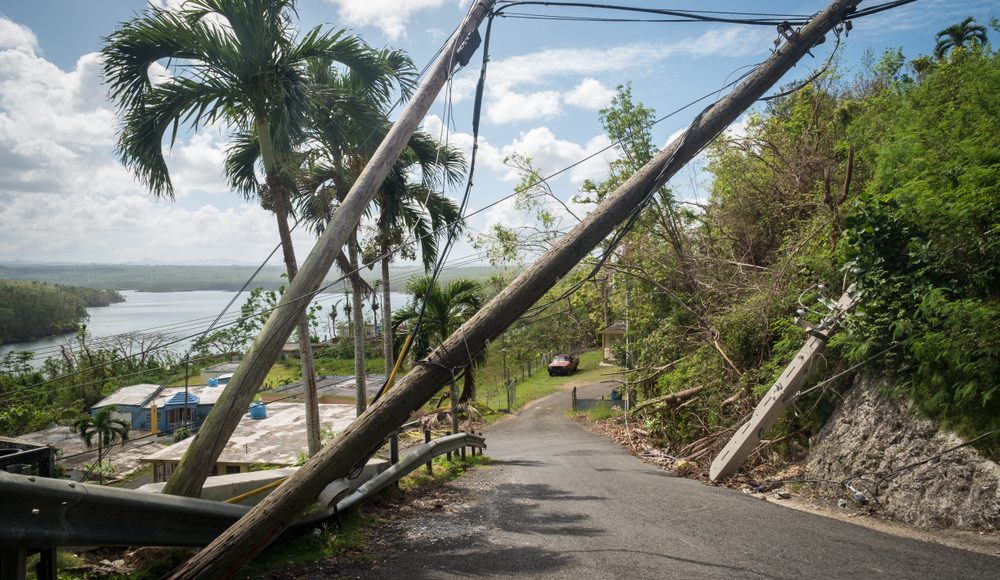
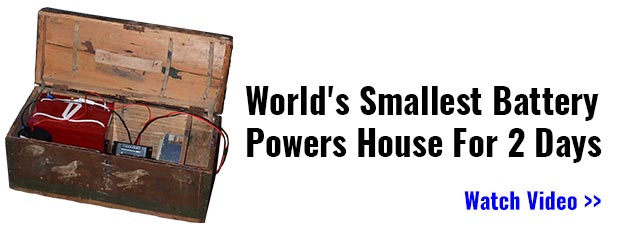
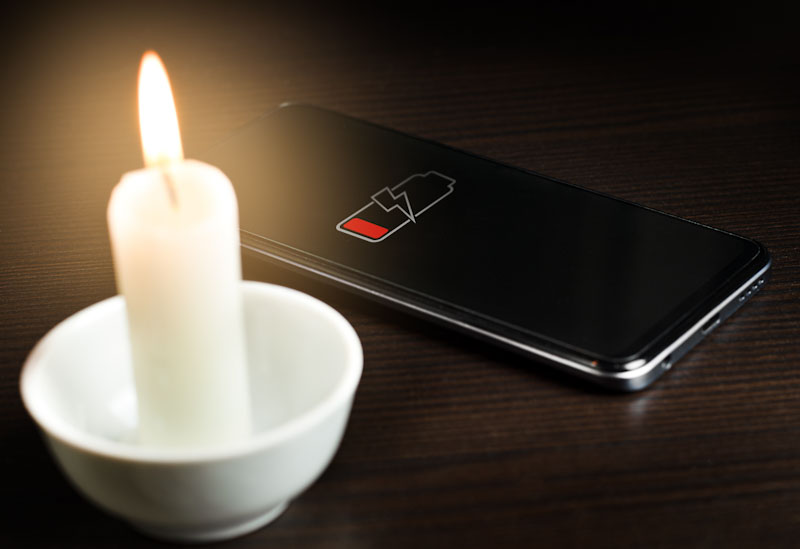
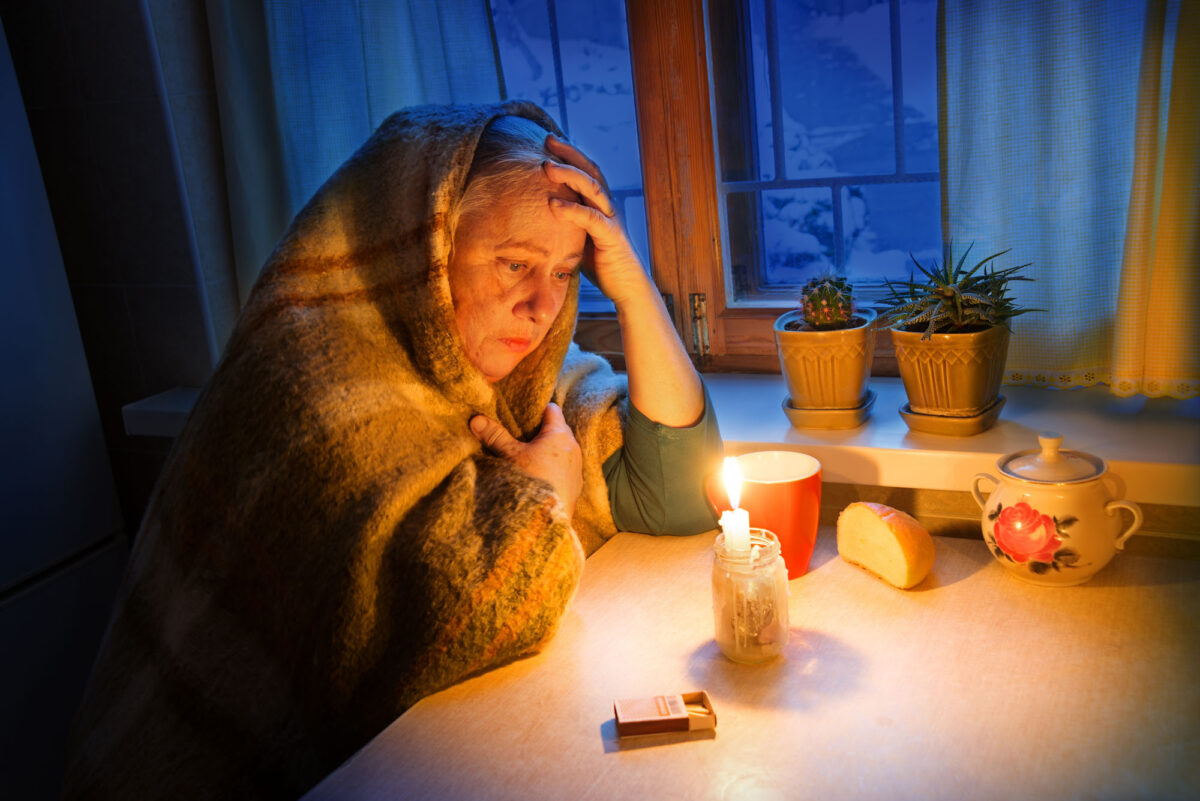
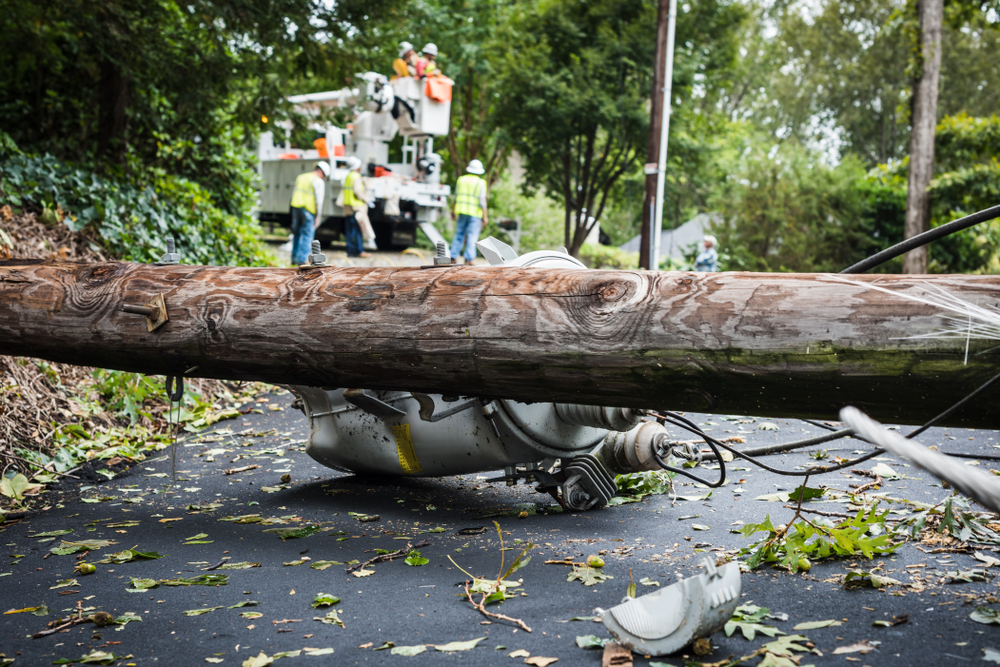
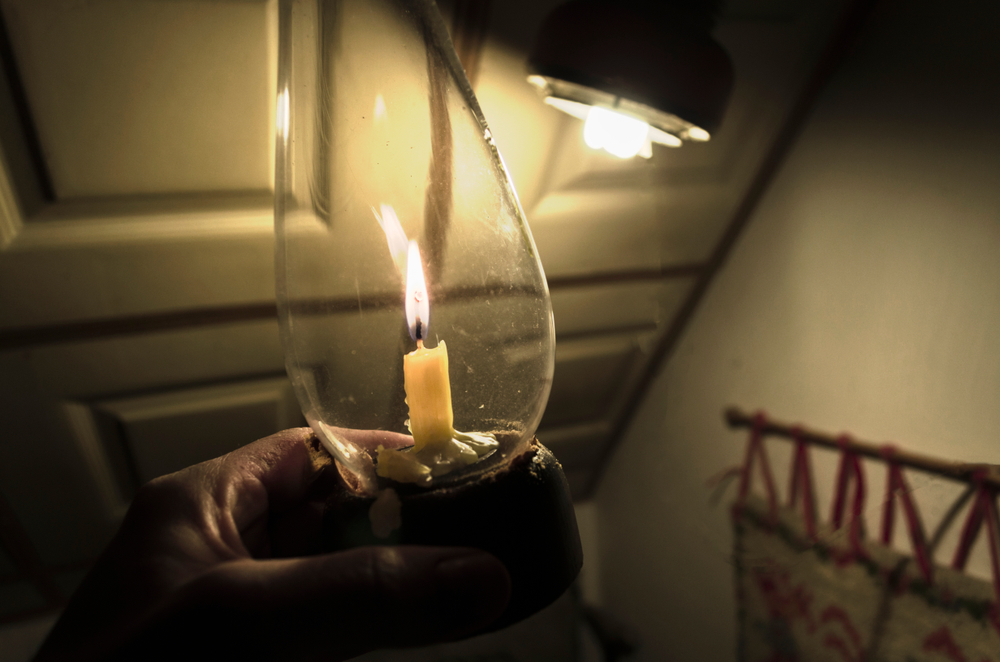


Patrick Jay Flynn | November 20, 2021
|
Very good commonsense and well thought out article Bob.
Every families and home power needs are a little different naturally.
I moved into a much smaller home so had to reconsider my power needs. I do have a 4K watt gasoline gennie which I can power my home for 4 or so hours a day and recharge electronic devices.
As a backup to the gennie I have small solar powered panels that will attach to my AA an AAA battery charger and will likely be adequate for charging batts on sunny days..
Here’s a very little known fact……….your standard small batteries CAN be charged up to 10 times before their efficacy falls off totally and no longer usable. Obviously the NiCad and Lithium batts are much more durable.
Here on the North Coast of the Great Lakes we don’t usually have too many power interruptions and when we do they’re short. I have 4 AAA battery powered flourescent lights placed through out the house and they provide plenty of light. The last time our power was out during a T Storm this past summer my home and my neighbor’s were well lit until power was restored.
What I found amusing was when the power went out all of our neighbors were standing in their yards with flashlights. Like that was going to do anything! They seemed to be having a good time though.
Jack M Williams | November 21, 2021
|
Good article with useable info. It reinforces my opinion of what I am trying to do.